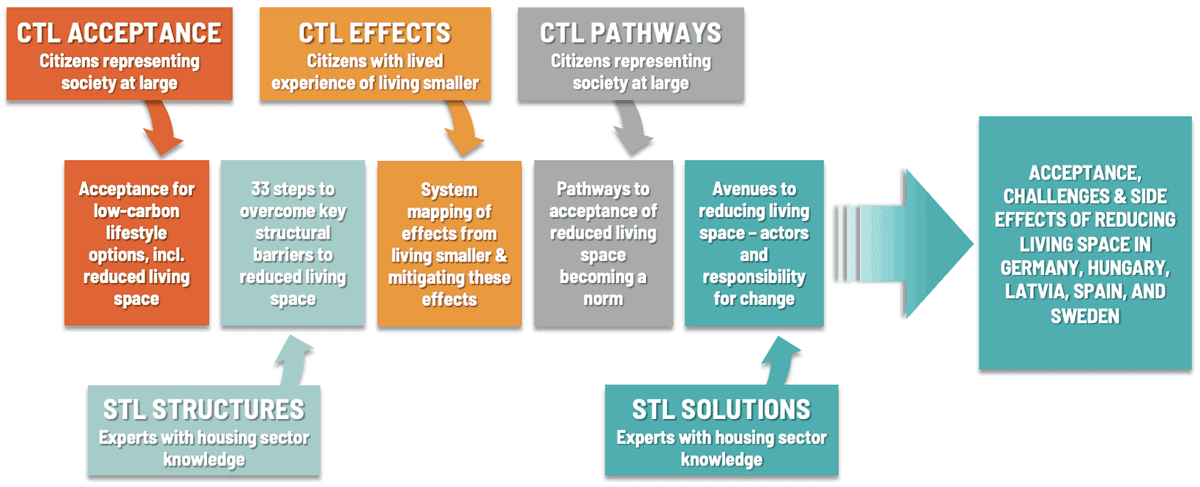Explore Connections
Discover resources that are connected to or have similarities with "Living smaller: acceptance, effects and structural factors in the EU | Buildings & Cities"
Housing affordability and poverty in Europe: on the deteriorating position of market renters
How are ongoing challenges in housing costs impacting the well-being of renters across Europe?
EU puts right-to-home plan in the pipeline, more funds from Cohesion policies and flexibility on state aid
How can the EU tackle the growing housing crisis and ensure affordable living for all citizens?
Housing policy: Who Does It Best? - Part 1
How can different regions successfully address their housing challenges and improve living conditions?
Across Europe, the financial sector has pushed up house prices. It’s a political timebomb
How has the financial sector's influence reshaped access to affordable housing across Europe?
Europe’s rents are on the rise: Who’s hardest hit? - European Data Journalism Network - EDJNet
How are rising housing costs impacting the most vulnerable populations in major European cities?
#Housing2030 & EqualHouse
How can we bridge the gap in housing accessibility and affordability across different communities?
European Investment Bank Group Forum 2025
How can we ensure affordable housing solutions address diverse needs across European cities?
What the EU does for Affordable Housing
How can the EU enhance access to affordable living options for diverse communities across Europe?
Office-to-Residential Conversion: A New Value Proposition for the German Market
How can we transform vacant office spaces into desirable living environments for urban residents?
